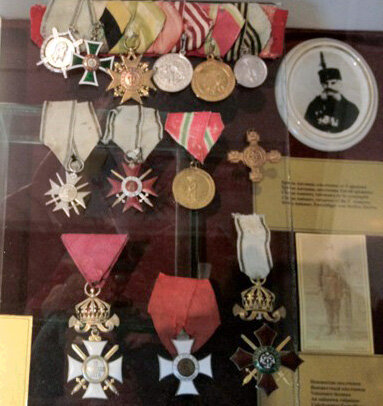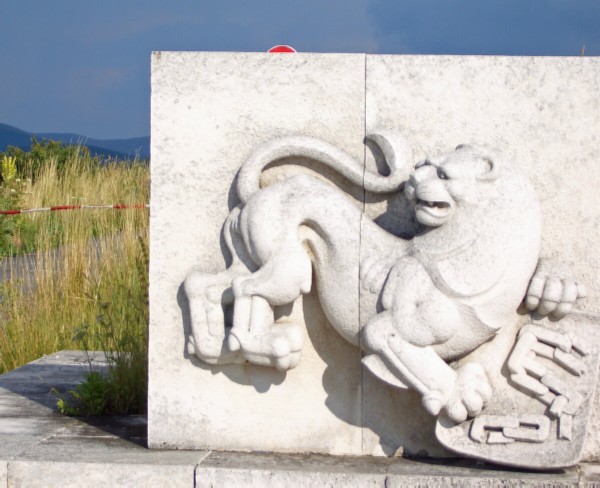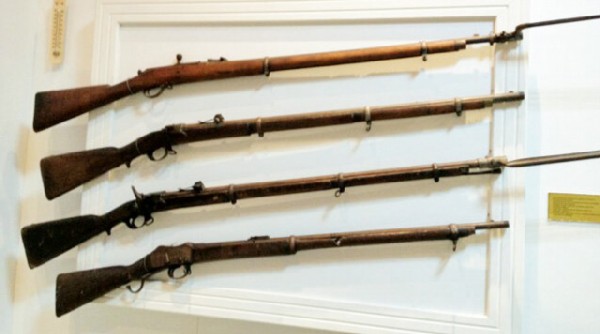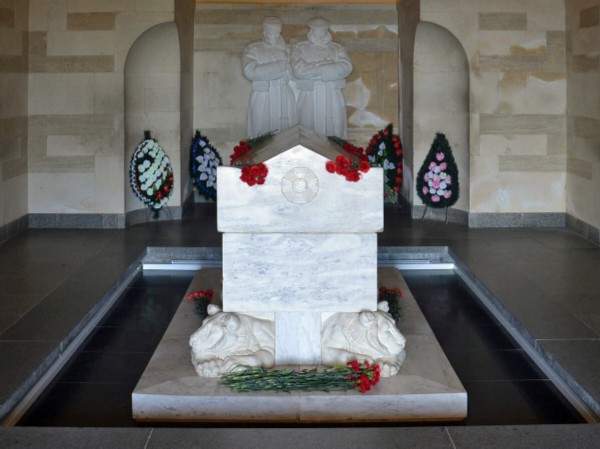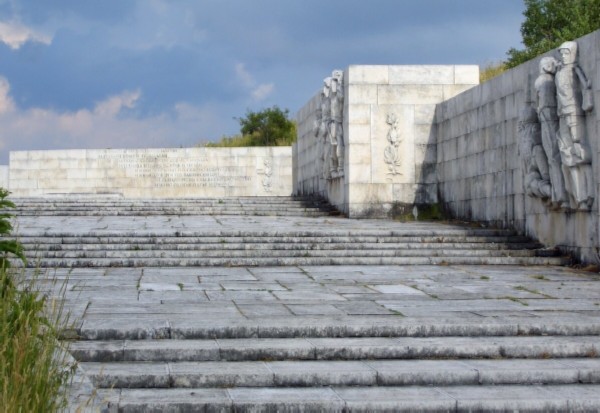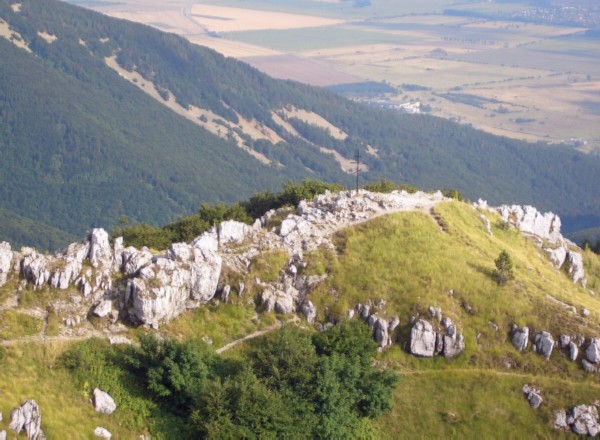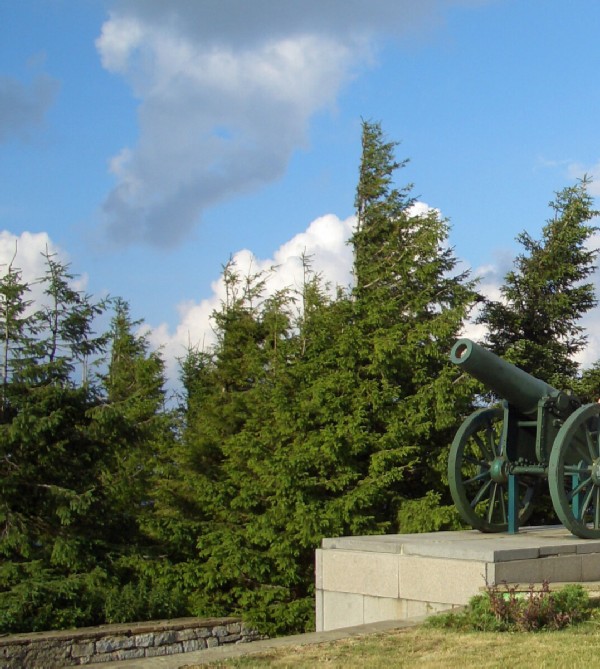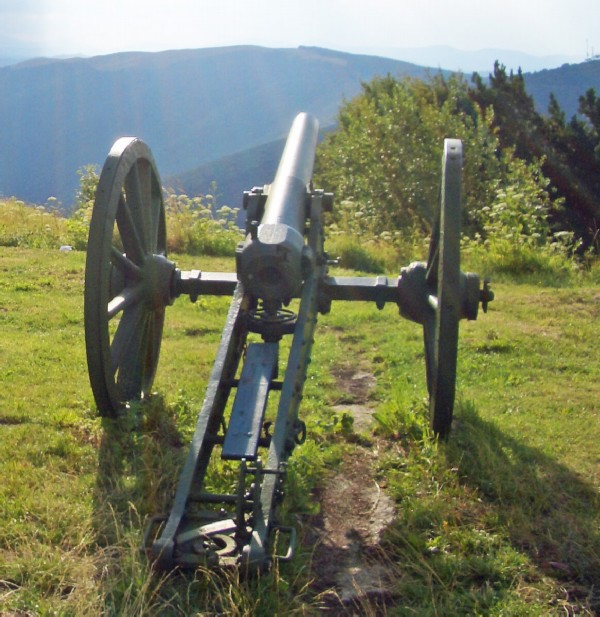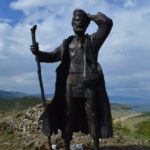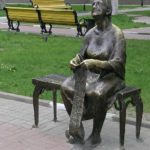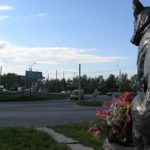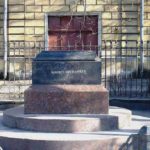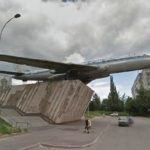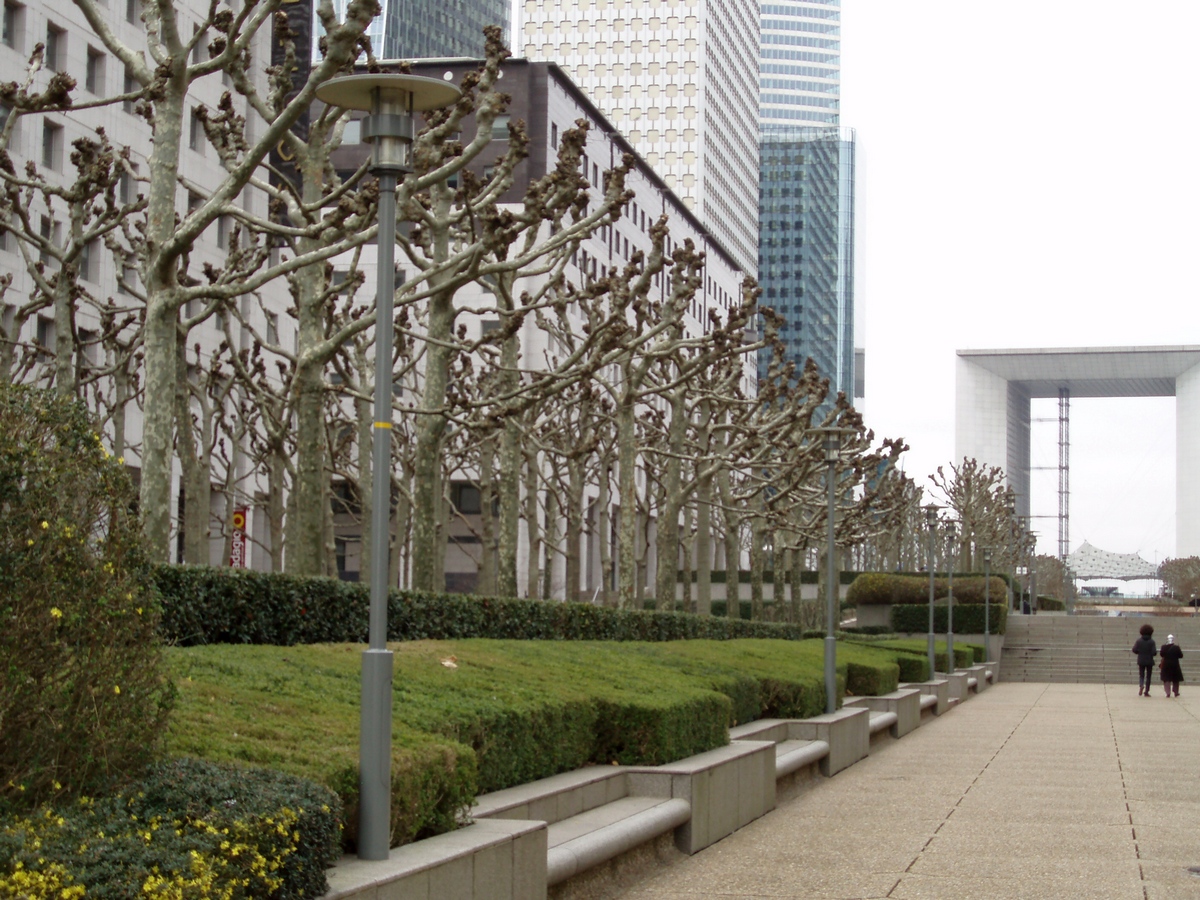Freedom Monument at Shipka Pass
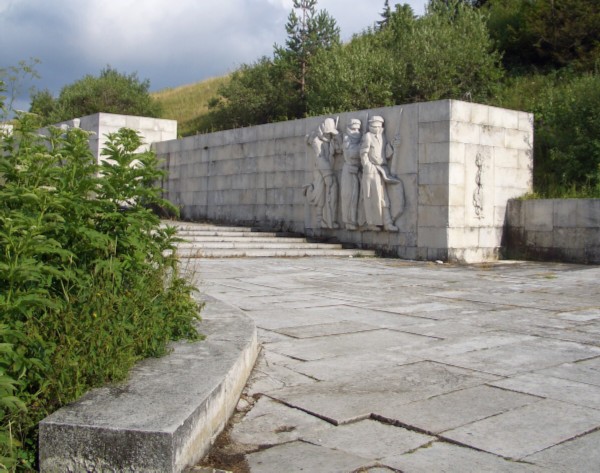
Freedom Monument at Shipka Pass in Bulgaria.
The Shipka Pass (Shipchensky Passage) is located in Bulgaria 60 km south of Veliko Tarnovo, in the Stara Planina mountains at an altitude of 1300 meters above sea level. The Shipka Pass played an important role in the Russian-Turkish war of 1877-1878. The pass, 1.5 km long, has acquired a military-strategic importance, because opened the shortest route from Northern Bulgaria to Plovdiv (Philippopolis) and Edirna (Adrianople).
Here Russian soldiers and Bulgarian volunteers fought off attacks of 30 thousand Turkish army. The position of the defenders of Shipka was extremely unsuccessful (stretched out in a narrow ribbon along the ridge), it made it possible for the Turkish army of Suleiman Pasha to attack from 3 sides. At the beginning of August 1877, the enemy troops (30 thousand people, 48 guns) approached the pass, which housed 5 thousand Russian infantry and 27 guns. Suleiman Pasha hurried to the aid of the besieged in Plevna, the main forces of the Ottoman army, in order to lift the siege of the city and unite with the army of Osman Pasha and drive the Russians across the Danube.
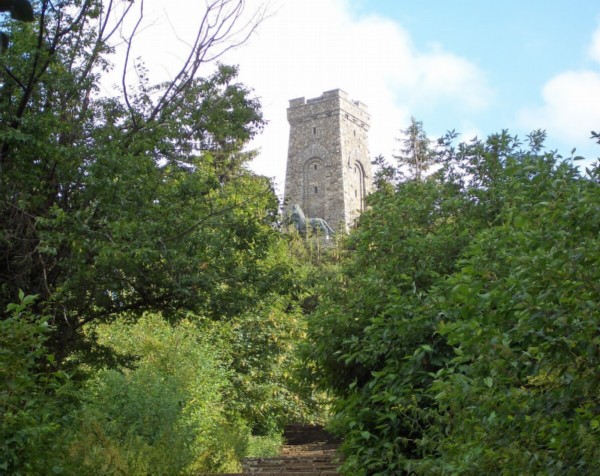
From the history
Fierce battles raged from 9 to 14 August and it seemed that the position of the Russians was hopeless: the supply of hot food stopped, a stream flowing at the edge of the mountain became the source of water, and the endless fire of Turkish troops, but at that time reinforcements arrived. Russian troops were able to defend their positions, but no more. Possessing the pass, they had to endure the coming cold and the “shipka sitting” began, when the Turks looked at the Russians from the bottom up and waited for them to surrender.
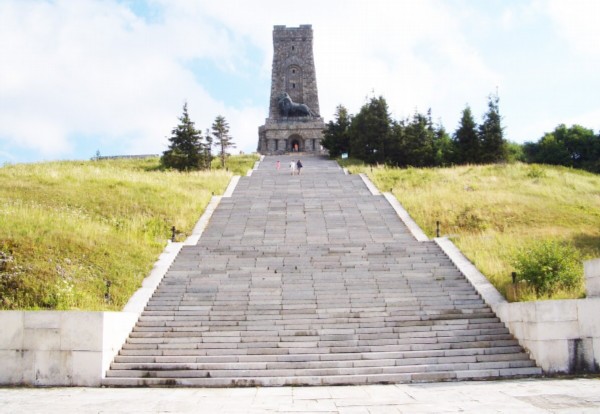
The Russians could not leave the pass and attack, because in early September, the assault on Plevna was unsuccessful, and the Russian army went over to a long-term siege, only on December 10 did Plevna surrender, and the “shipka stand” lasted until the New Year. The offensive of the troops of Radetzky and Skobelev in the area of the Shipki Pass decided the outcome of the war, the Turkish army was surrounded and in March 1878 the Treaty of San Stefano was signed.
Miracles of courage and courage were shown by the detachment of M.D. Skobeleva, who came to the aid of his comrades, having overcome the Shipka Pass, the Russian soldiers made their way through the snow 2 meters deep, in full uniform, with carts and cannons.
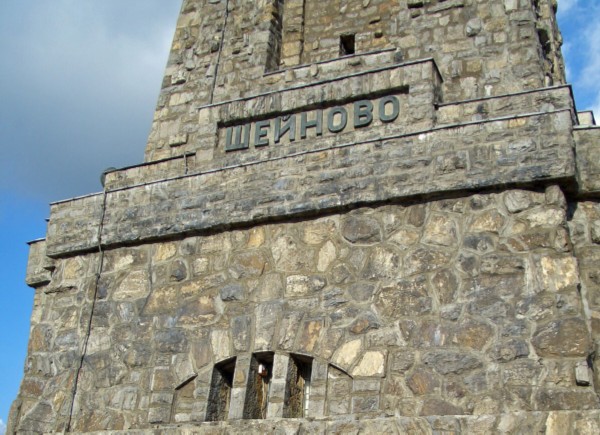
About the monument
The Freedom Monument was built in 1934 in memory of that war on the top of Mount Stoletov. The tower is about 30 meters high, designed by the architect Atanas Donkov and the sculpture by Alexander Andreev.
The tower resembles a giant inverted sarcophagus. At the central entrance to the tower there is a giant lion (length – 8 meters, height – 4 meters), poured out of shell casings at the old Kazanlak military plant. 894 steps lead from the pass to the tower.
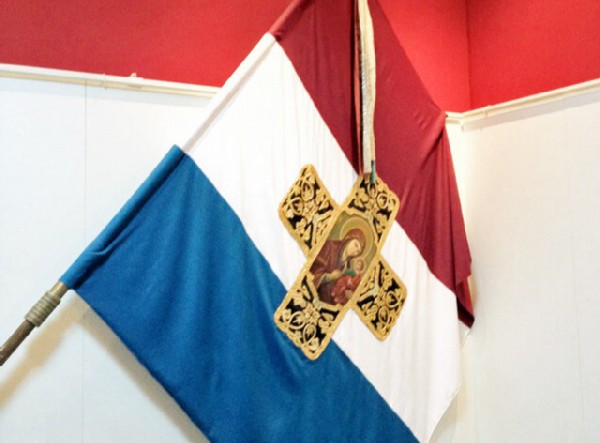
In the basement, in a marble sarcophagus, rests the remains of the defenders of the pass. There is a sculptural group “Russian warrior and a Bulgarian volunteer” installed here, and high above them is a sculpture of the goddess of victory, symbolizing the victory over the Ottoman troops.
The museum has 6 floors, where flags, personal belongings of soldiers, weapons, uniforms, orders, etc. are exhibited.
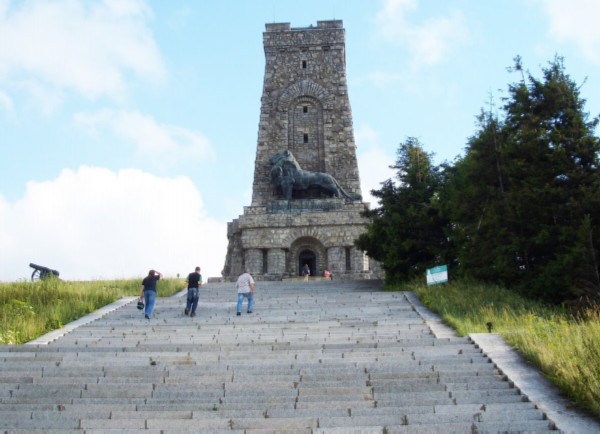
An interesting exhibit of the museum is a copy of the Samara banner.
This banner is one of the symbols of the armed forces of Bulgaria. It was donated to the Bulgarian militias near the town of Ploiesti on May 18, 1877 during the Russian-Turkish war by the inhabitants of Samara. The canvas was embroidered by the nuns of the Iversk Women’s Monastery after a drawing by the artist Nikolai Simakov from St. Petersburg. The tricolor flag (red, white, blue) measuring 1.85×1.90 meters is made of silk fabrics. In the center of the flag, on one side, there is an image of the Iberian Mother of God in the Cross, and on the other, an image of the Slavic enlighteners – Saints Cyril and Methodius.
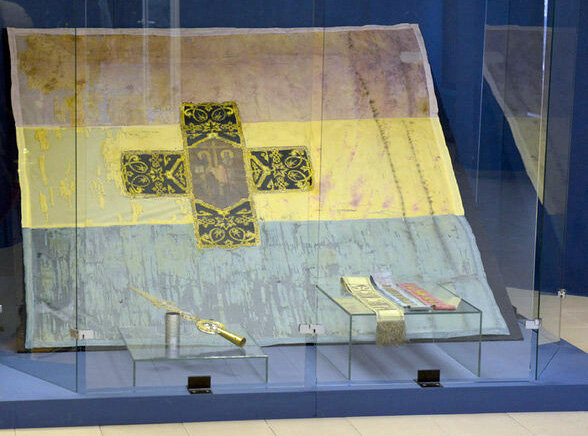
The silver tip of the flagpole was made according to the Byzantine style of the Count of Rochefort. The original of the famous Samara banner is now kept in the National Museum of Military History in Sofia.
There is a panoramic platform at the very top of the tower. Cannons are displayed near the tower.
Every year on March 3 (National Holiday of Bulgaria) and August 23 (the most dramatic day of the Shipka epic) national celebrations are held near the Freedom Monument. The Shipka Pass delights with its beauty, and the Freedom Monument is majestic and solemn!
